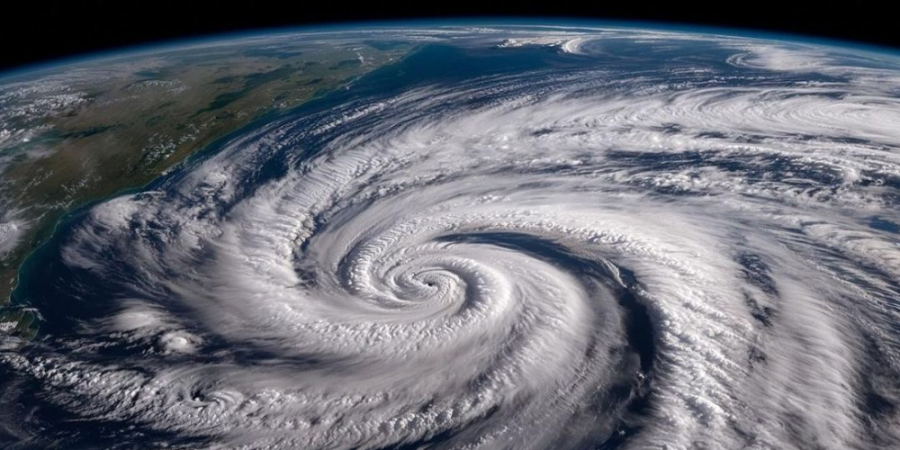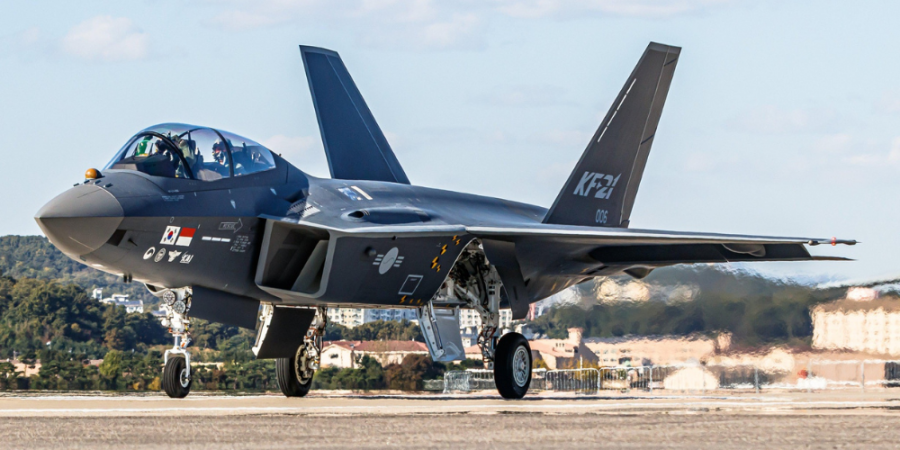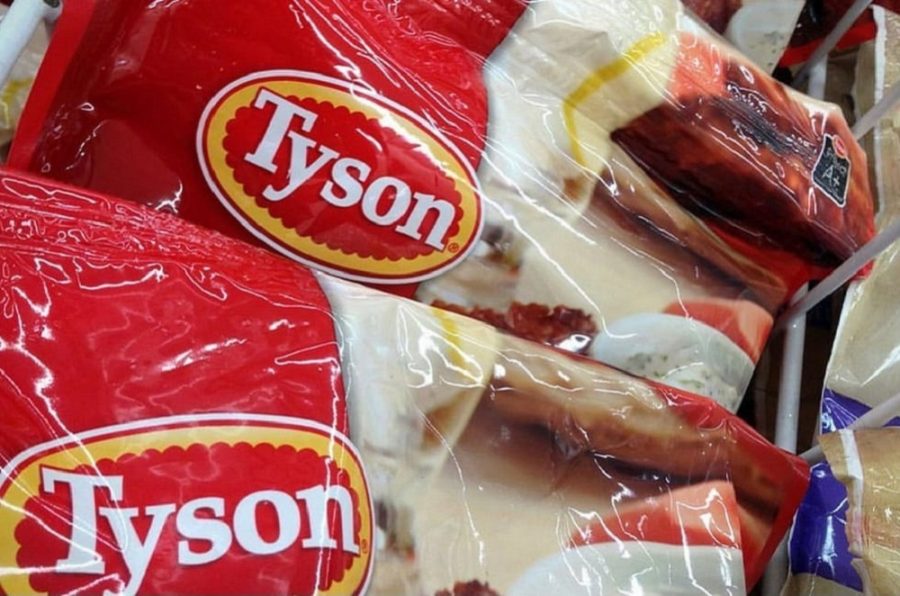Shopping For The Best Coffee Is Both An Art And A Science
Did you know that coffee comes from the seeds of berries from the Coffea plant? The plant is native to tropical Africa. Specifically, coffee was discovered specifically in Ethiopia. Soon after, the Coffea plant was exported from the African region to countries across the globe. Presently, over 70 countries grow Coffea plants, mainly in the equatorial regions of the Americas, Southeast Asia, India, and of course Africa.
“Coffee is the common man’s gold, and like gold, it brings to every person the feeling of luxury and nobility.” -Sheik-Abd-al-Kadi
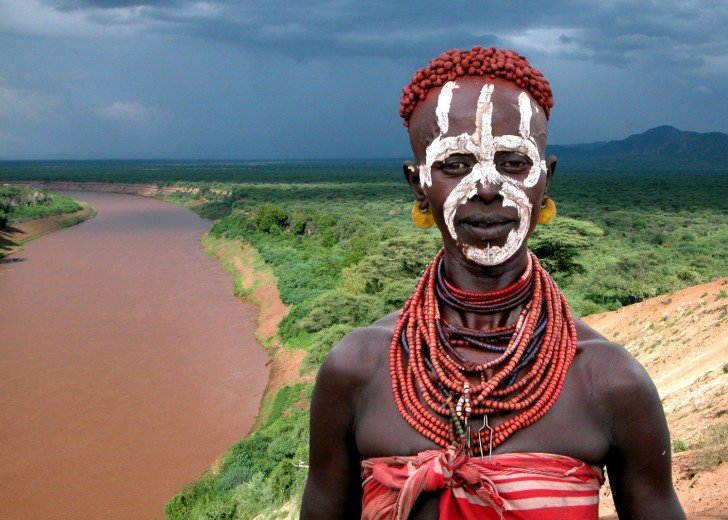
The origin of coffee is Ethiopia.
Coffee is one of the most popular drinks in the world. Therefore, it has become a staple drink because of its flavourful and stimulating effect, thanks to its caffeine content. If you’re a coffee-lover, then you’d want to get your fix regularly.
However, to get the most out your coffee-drinking experience, you need to know how to carefully pick the coffee that’s most suited to your taste. Like a wine connoisseur, it takes some knowledge and art to know the kind of coffee that will delight your senses. Here are the facts when shopping for coffee.
It’s amazing how the world begins to change through the eyes of a cup of coffee. – Donna A. Favors
 Basic things to remember
Basic things to remember
 How you like it
How you like it
The best way to gauge the quality of coffee is by taking it black. You can taste its raw flavor without anything else added to it. Although cream and sweetener may help improve the taste, the flavor of a great coffee should still dominate your taste buds in the end.
 How it’s ground
How it’s ground
In terms of taste, freshly-ground coffee is still the winner. No matter how high the quality of pre-ground coffee may be, there’s nothing like grinding whole coffee beans right before you brew your coffee drink.
 Preparation Method
Preparation Method
The coffeemaker that you use plays a significant determinant of the kind of coffee drink you produce. Good quality coffeemakers can reach the optimum temperature needed for brewing, which ranges from 90–96° C.
Like a wine connoisseur, it takes some knowledge and art to know the kind of coffee that will delight your senses.

 It’s in the roasting
It’s in the roasting
Coffee beans are mainly categorized into two: Arabica beans which make better coffee. On the other hand, Robusta beans are easier to grow, and as such, they are cheaper than the former. The process of roasting the beans will tell you the resulting flavor. Typically, there are four kinds of roasting:
 Light. Coffee beans that are lightly roasted are light brown in color. They also have a distinctly sour taste.
Light. Coffee beans that are lightly roasted are light brown in color. They also have a distinctly sour taste.
 Medium. Medium-roasted beans come in medium-brown color and with no oily surface. They are typically characterized by a bright acidity and the coffee’s specific aromatics.
Medium. Medium-roasted beans come in medium-brown color and with no oily surface. They are typically characterized by a bright acidity and the coffee’s specific aromatics.
 Dark. The darker and richer-colored beans have a bit of an oily surface, giving off a caramelized and nutty aroma and flavor. The acidity of dark-roasted coffee has also somewhat disappeared. Therefore, the coffee has a slightly bittersweet aftertaste. An example of this type is the French roast.
Dark. The darker and richer-colored beans have a bit of an oily surface, giving off a caramelized and nutty aroma and flavor. The acidity of dark-roasted coffee has also somewhat disappeared. Therefore, the coffee has a slightly bittersweet aftertaste. An example of this type is the French roast.
 Darker. The beans are black and shiny because of the oily surface. Acidity may still be present to add a kick to the drink. An example of this type is the Italian roast.
Darker. The beans are black and shiny because of the oily surface. Acidity may still be present to add a kick to the drink. An example of this type is the Italian roast.
 Some features to look out for
Some features to look out for
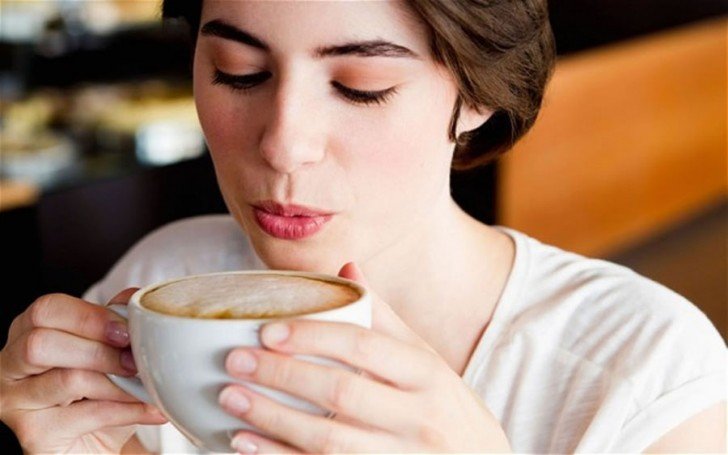 When you’re buying a pack, bottle, or a cup of coffee, it is good to become familiar with the things that appear on the label. This will help you to appreciate the drink that you’re about to enjoy.
When you’re buying a pack, bottle, or a cup of coffee, it is good to become familiar with the things that appear on the label. This will help you to appreciate the drink that you’re about to enjoy.
 Caffeine
Caffeine
This tells you the caffeine amount present. The amount varies depending on the type of brewing used, the beans, and the blend. The longer the beans are roasted, the lesser the caffeine content.
 Decaffeinated
Decaffeinated
Decaffeinated coffee has no more caffeine, and it has a dull taste. The process is done by steaming green coffee beans and removing their outer skin before roasting.
“What goes best with a cup of coffee? Another cup.” – Henry Rollins
 Organic
Organic
Organic coffee beans are grown minus any pesticides or chemicals.
 Flavored
Flavored
As the term implies, flavored coffee is infused with other flavors such as vanilla and hazelnut, or other add-ons.
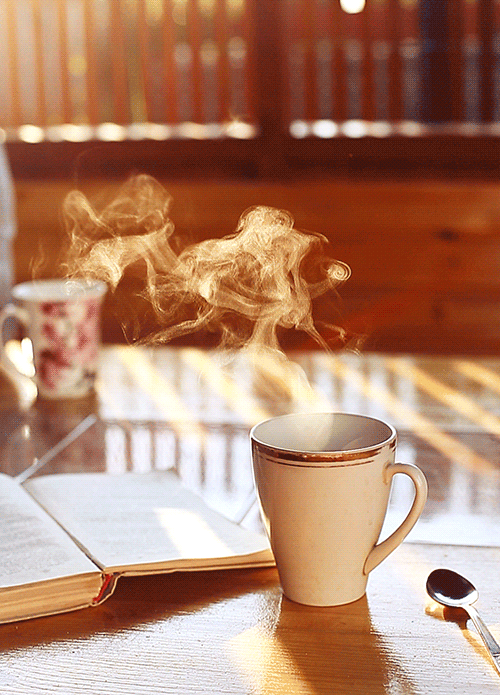
 AA
AA
It stands for acidity and aroma. An AA label means that the beans rank second in the Kenya coffee-grading scale. Hence, coffee beans bearing this grade are more expensive.
 Growing Region
Growing Region
Coffee plants are cultivated in various tropical regions throughout the world. Therefore, the varieties offer different aromas and tastes. Coffee experts are bound to prefer one or more regions over others.
 Rainforest Alliance Certified
Rainforest Alliance Certified
This is a non-profit organization that certifies coffee beans that have been grown with very limited chemicals under the care of well-conserved water and soil and coffee workers who were treated fairly.
 Fair Trade Certified
Fair Trade Certified
The coffee bean production has earned the stamp of approval of TransFair USA, an organization that certifies safe working conditions, limits the use of pesticides, and supports training and livelihood of coffee workers.
 Coffee and Farmer Equity (CAFE)
Coffee and Farmer Equity (CAFE)
This is Starbuck’s advocacy developed with Conservation International that aims to “help farmers grow coffee in a way that’s better for both people and the planet.”
 Preserving shelf life
Preserving shelf life
After purchasing your desired coffee, you have to ensure that you retain its freshness by using an airtight container and keeping it in a cool, dark place. Furthermore, it is best to buy coffee in limited quantities because it tends to lose its freshness rather quickly. It is ideal that you store your coffee for a maximum of two weeks.
And there you have it: your coffee-buying guide made easy!






